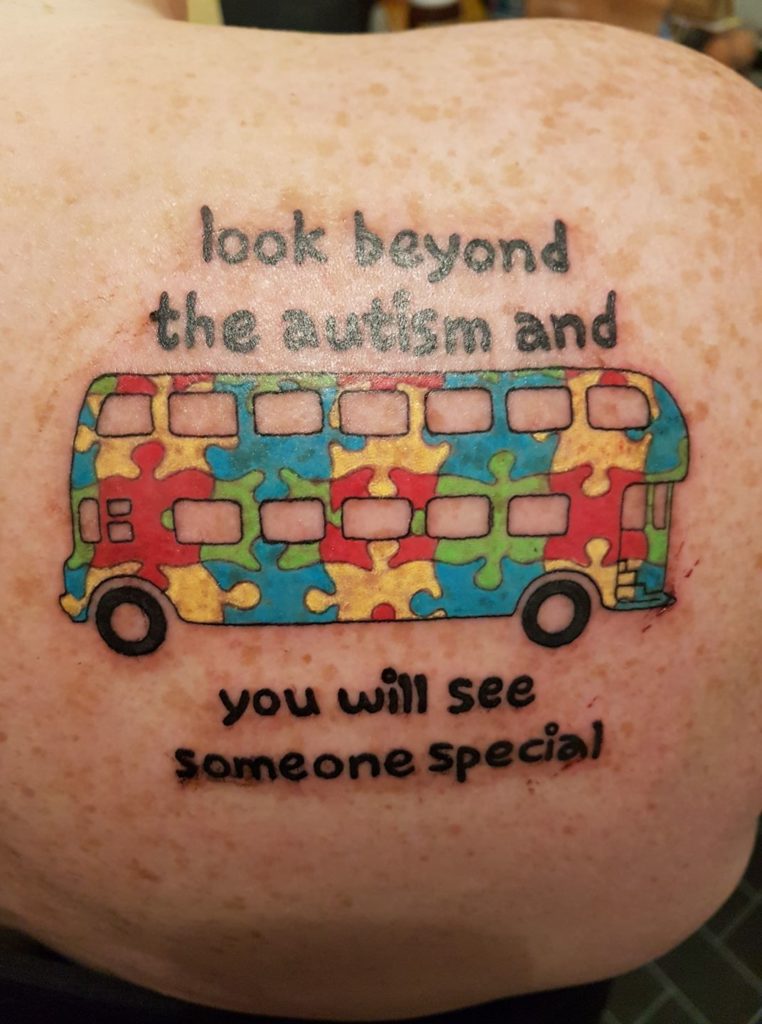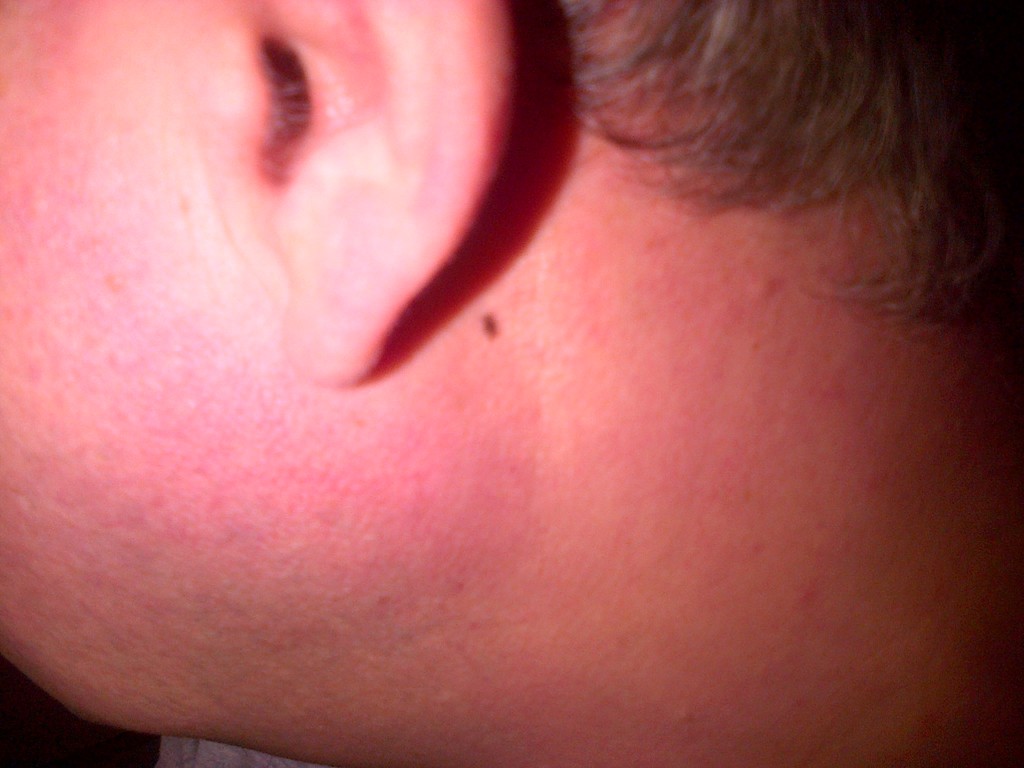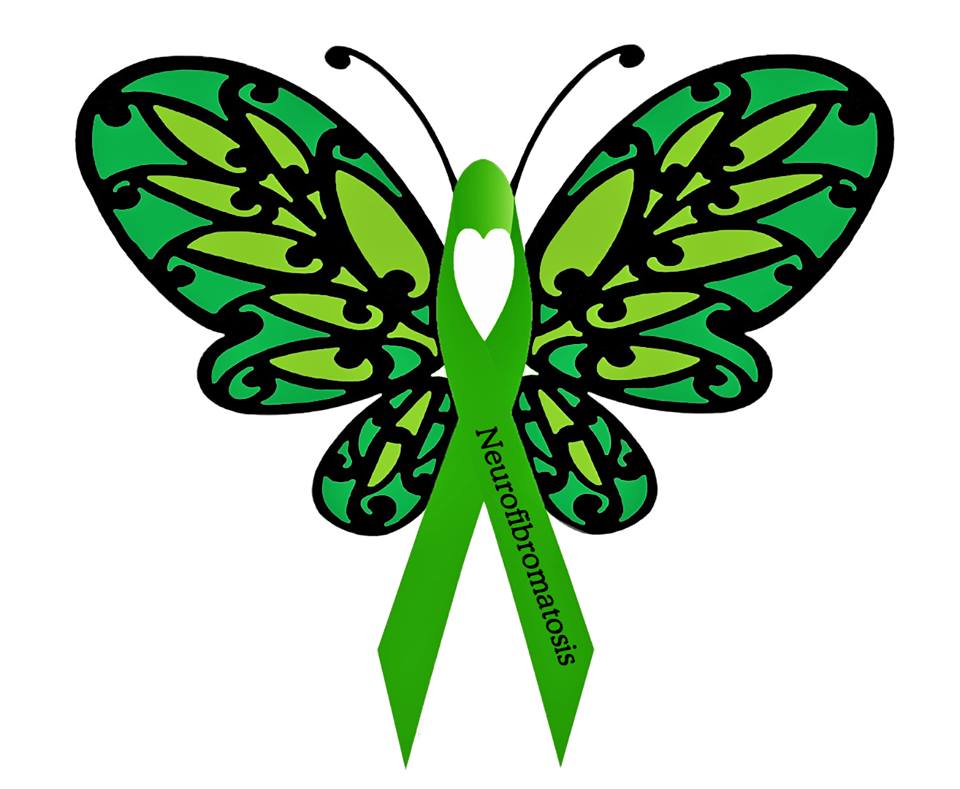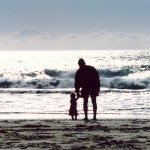See your GP or health visitor if your child is showing symptoms of autism spectrum disorder (ASD), or you’re worried about their development.
If appropriate, your GP can refer you to a healthcare professional or team who specialise in diagnosing ASD, or someone who has access to such a team.
The specialist or specialist team will make a more in-depth assessment, which should be started within three months of the referral.
If you’re referred to an individual specialist, they may be a:
psychologist – a healthcare professional with a psychology degree, plus further training and qualifications in psychology
psychiatrist – a medically qualified doctor with further training in psychiatry
paediatrician – a doctor who specialises in treating children
speech and language therapist – a specialist in recognising and treating communication problems
Some local health authorities use multidisciplinary teams. These are a combination of specialists who work together to make an assessment.
Assessment
A diagnosis of ASD is based on the range of features your child is showing.
For most children:
information will be needed from your GP, nursery or school staff, plus speech and language and occupational therapists, about your child’s development, health and behaviour
a speech and language therapist, and often an occupational therapist, will carry out an assessment
a detailed physical examination will need to be carried out to rule out possible physical causes of your child’s symptoms, such as an underlying condition like neurofibromatosis or Down’s syndrome
the assessment will include a check for any coexisting physical health conditions and mental health problems
In addition, for some children:
you may be asked to attend a series of interviews so a detailed family history and the history of your child’s development and behaviour can be drawn up
your child may be asked to attend a series of appointments so specific skills and activities can be observed and assessed
Once this process is complete, a diagnosis of ASD may be confirmed.
After diagnosis
When a child is diagnosed with ASD, many parents are keen to find out as much as they can about the condition. The National Autistic Society has an excellent range of resources and advice.
Diagnosing ASD in adults
Some people with ASD grow up without their condition being recognised, but it’s never too late to get a diagnosis. Some people may be scared of being diagnosed because they feel it will “label” them, and lower other people’s expectations of them.
But there are several advantages to getting a diagnosis. It helps people with the condition and their families understand ASD and decide what sort of support they need. A diagnosis may also make it easier to access autism-specific services and claim benefits.
See your GP if you think you may have ASD and ask them to refer you to a psychiatrist or clinical psychologist. The National Autistic Society website has information about being diagnosed with ASD if you’re an adult.
If you’re already seeing a specialist for other reasons, you may want to ask them for a referral instead.
Read more about diagnosing ASD in adults and advice for adults living with ASD.
You can also read the NICE guidelines about the recognition, referral, diagnosis and management of adults on the autism spectrum (PDF, 267kb).




